How to Get on TV
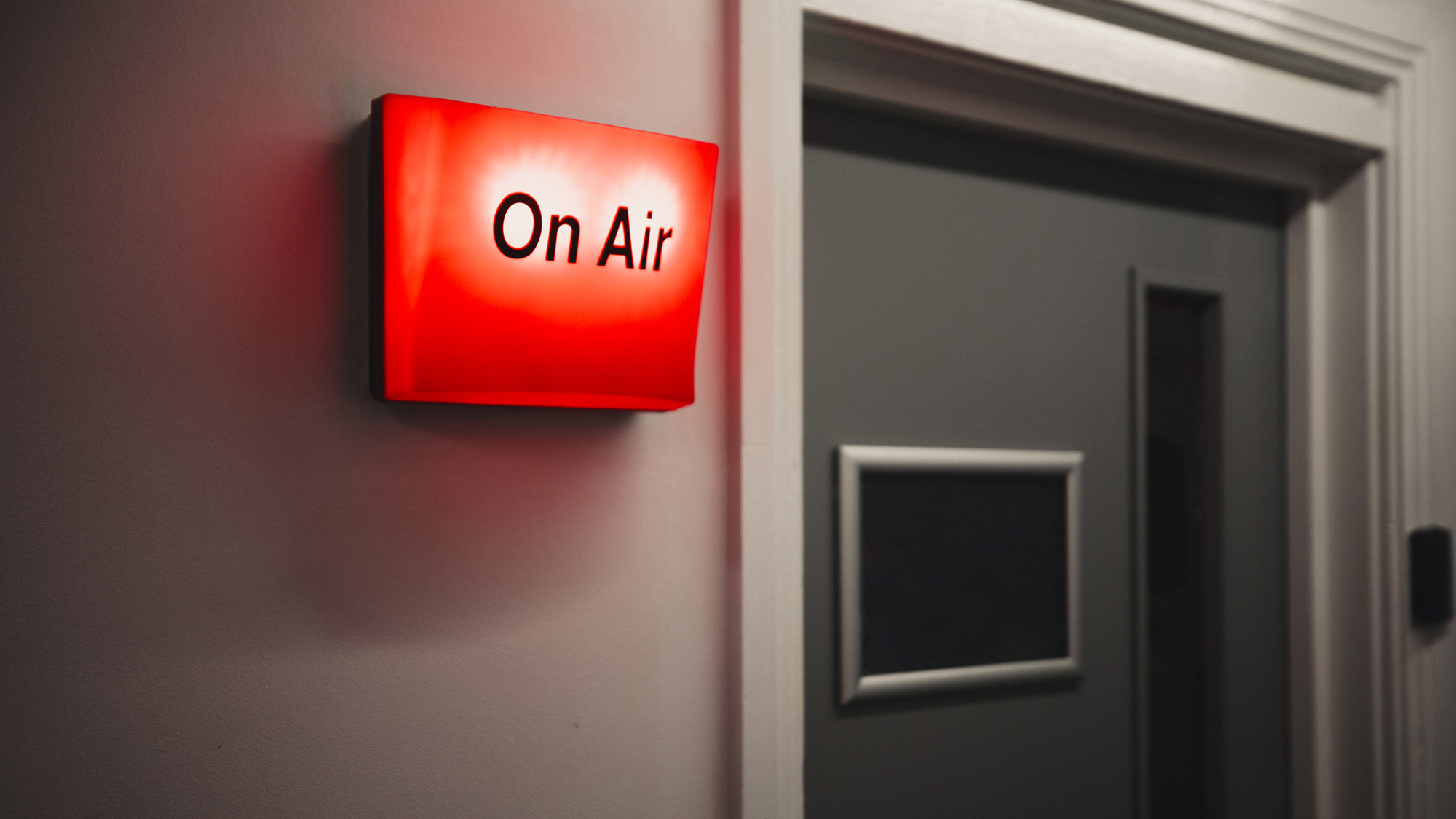
Ever wonder what an interview on a network morning show or a shot on Shark Tank could mean for your business? That attention could be worth millions for your brand. Understanding the TV show landscape is well worth your time. It can be hard to break through, but the rewards for persistence make the effort worthwhile. Here are expert tips to get you started:
1. Target the Right People
Figure out what shows you’d like to be on and study them. Understand how they’re structured so you can figure out what segments are the best fit for your needs. Yes, this means you’ll have to spend some time watching TV. End credits will list the names of the show’s producers. Emmy-nominated TV professional Jacquie Jordan writes in Get on TV that producers rather than hosts decide who goes on a show and it’s important to contact the right gatekeepers. Find the producer who deals with content development, but even staff like bookers or production assistants will pass along a good pitch. Executive or supervising producers are more involved with the business aspects of the show and don’t deal with content.
If we don’t need you today, tomorrow, or this year, we may need you next year, next show…now.
Jacquie Jordan
While studying particular shows, get to understand the show’s audience and what they look for in the show. What keeps them watching?
2. Have a Killer Pitch Ready
Make it easy for show staffers to pitch your idea by crafting something sharp, succinct and tantalizing. Make it memorable. When a producer shows interest, have your press kit ready to send, including your one-page bio, a picture, press release and clips of other media attention you’ve received, especially other TV appearances.
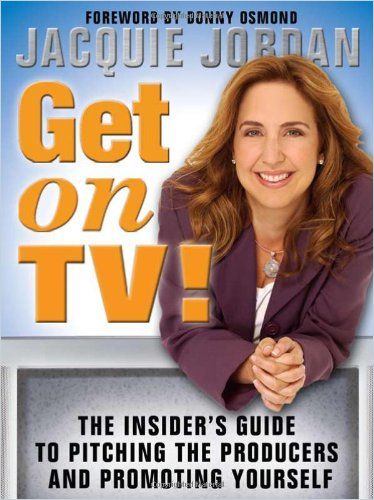
To appeal to a producer’s imagination, know what makes you and your brand stand out from the crowd. Offer a fresh angle on a story. That’s where a good “hook” comes in handy. That’s the slant your pitch takes that jibes with the personality of the show. If it grabs a producer’s attention, they’ll remember it. Come up with multiple hooks to appeal to different target shows. If possible, relate your pitch to a current event.
3. Keep Your Message Simple and Deliver It Quickly
Television is a fast-moving medium. Be sure you get your most important points in early. Practice saying the same thing in different ways to keep your interview interesting but also because repetition ensures viewers retain your message. Practice pivoting from what the interviewer wants to talk about to your main message.
The purpose of appearing on television is to deliver a planned message or messages, not what the interviewer wants you to say.
Michael Bland, Alison Theaker and David Wragg
Think in terms of emotional appeal. Descriptive words and vivid images are memorable wherever you can use them. Use personal anecdotes to convey your credibility and credentials.
4. Remember Television Is Entertainment
Authors Michael Bland, Alison Theaker and David Wragg remind readers in Effective Media Relations that TV interviewers mean to entertain their audiences as much as to inform them. Provocative, unexpected questions add to the drama, so prepare yourself for this; it helps to know who else is on the show and anything about what angle they’re looking for, especially what the interviewer’s first question will be.
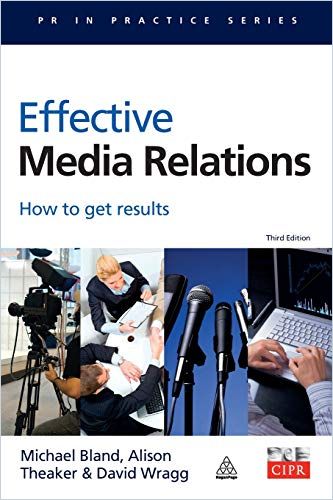
In Media Training 101, author Sally Stewart offers timeless advice for putting your best face forward on TV including these tips:
- Wear classic clothing in conservative styles.
- Avoid anything bright including loud colors or blinding white.
- Avoid stripes and checks.
- Think of your wardrobe as a costume. Everything you wear says something about you.
- Cultivate a consistent style that is comfortable.
- Be prepared for close-ups. Clip nose hair and fingernails.
- Don’t slouch.
- Maintain eye contact with your interviewer; don’t stare at the camera.
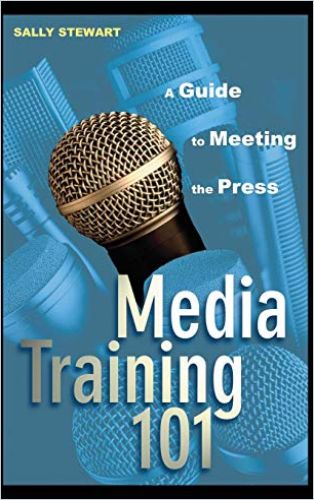
If you’re joining via video, pay attention to your background. Be sure it is neither too cluttered nor too sterile, advises Every Conversation Counts host Riaz Meghji in his video “Improve Your Virtual Speaking Skills and Engage Your Audience.” Look at the camera, not the screen. It helps to turn off the view of yourself so it doesn’t distract you. Communication expert Richard Newman offers additional tips for engaging your audience virtually in this Journal interview.
5. Prepare for Crisis Communications Before the Crisis
Sometimes the TV attention you get isn’t so wanted. In Crisis Communication, author Peter F. Anthonissen urges companies to train executives in how to communicate with the media. Prepare a “crisis communication checklist” so you have a plan ready to implement.
‘No comment’ just won’t cut it anymore.
Peter F. Anthonissen
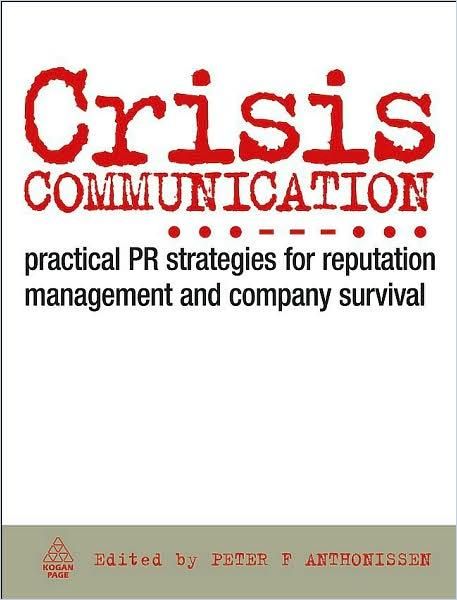
Ideally, you will have a spokesperson with relationships with various journalists and producers. Establish your own website and social media outlets as reliable, trusted sources for information related to your brand. In times of crisis, the media will look to these channels first.
Humility, especially in a newsworthy business executive, is a likeable characteristic.
Sally Stewart
Above all, says Stewart in Media Training 101, don’t lie to reporters; they will find out. Remember, the TV interview is not subject to your control, so understand what the media is looking for. Be a consistent source of truthful information and you will grow a robust, beneficial relationship with media outlets.
Learn more about how to develop your publicity strategy:






